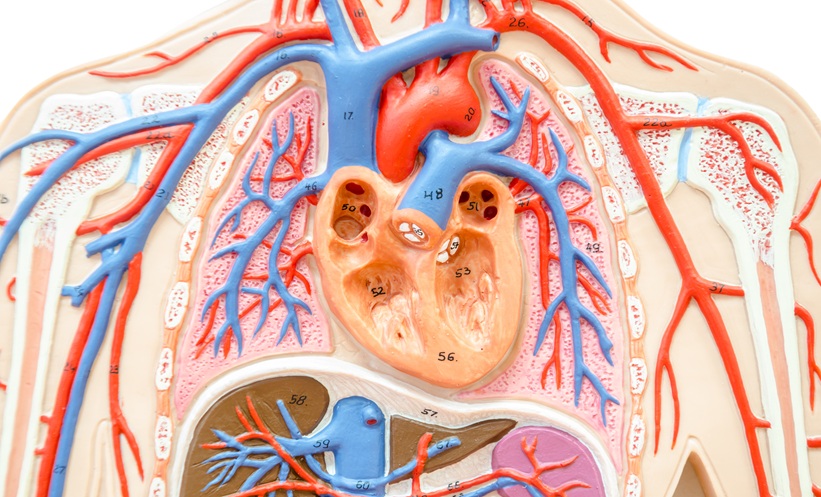RESEARCHERS have shown that an echocardiography test is able to detect pulmonary hypertension in new-born mice which could provide a better understanding and improved treatment of respiratory disease.
A research team at Baylor College of Medicine, Houston, Texas, USA, developed a mouse model of bronchopulmonary dysplasia, a lung disease often affecting children and infants. The team sought to induce in the new-born mice oxidative stress and inflammation, two contributing factors to the development of the disease which can lead to pulmonary hypertension.
A group of neonatal mice were exposed to a 70% hyperoxia or oxygen for 14 days, and a control group received 21% oxygen or regular air. The mice that were exposed to hyperoxia developed oxidative stress in the lungs, inflammation, and lungs that resembled bronchopulmonary dysplasia and pulmonary hypertension in human infants. The researchers also performed echocardiography tests and confirmed that the neonatal mice had developed pulmonary hypertension.
Bronchopulmonary dysplasia can damage and interrupt the development of the lungs. This can lead to pulmonary hypertension, causing increased pressure in the blood vessels of the lungs which increases mortality and long-term health problems for infants and children. The successful use of imaging techniques such as an echocardiogram to diagnose the disease in new-born animals could allow potential new, earlier treatments to be tested.
This model could lead researchers to a better understanding of how pulmonary hypertension develops. “It is important to understand not only the pathology, but also the functional aspect of pulmonary hypertension,” explained Dr Binoy Shivanna, Assistant Professor of Neonatology, Baylor College of Medicine, Houston, Texas, USA. “This is where the echocardiography test, a non-invasive test that uses high frequency sound waves to take pictures of the heart, comes in,” she said.
Previously, echocardiography tests had been performed in mice at 4 weeks of age. At this time point, diagnosis of the disease might be too late in order to effectively intervene. This study has shown however, that pulmonary hypertension can be detected earlier, allowing interventions to take place sooner. This could prevent or reduce the severity of later onset diseases that develop from the condition.
(Image: freeimages.com)






